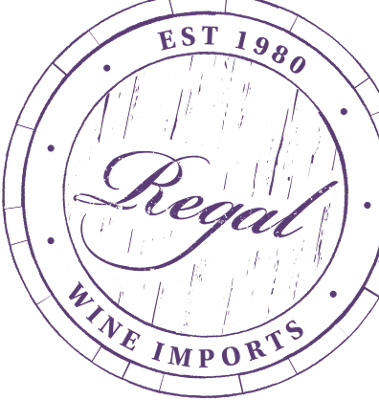Winery Overview
From its dominant hilltop position, Château de Lancyre looks back over several centuries of history. The oldest parts of the property date back to the 12th century, as evidenced by the château’s mullioned window and columns. In the 16th century, the farmhouse came under the jurisdiction of the bishopric of Maguelone and was a large Languedoc farm with arable land, vines, olive groves, gardens, woodland and two mills, one for wheat, the other for oil. The present-day arches at the estate date back to this period. In 1870, Etienne Durand inherited Lancyre and made a living from raising sheep and growing vines. It was at this time that phylloxera decimated the country. The scourge was remedied by grafting onto American rootstock, heralding the resurgence of wine growing in Languedoc. New buildings were needed to house a bumper crop and the present-day winery at Lancyre was built. In 1946, the estate was extended when Antoine Durand bought new buildings and vineyards. In 1970, Bernard Durand, his brother René and brother-in-law Bernard Valentin took over and extended the estate once again. From the outset, they changed tack and aimed to produce quality wines. They were part of a small group of local wine growers who helped each other and founded the Pic Saint Loup appellation. Subsequently, the vineyards were restructured, former pasture land was cleared for new plantings, the first wines were bottled and Bernard Durand set off in search of new national and international markets. In 1995, newly graduated wine maker Régis Valentin brought new blood to the estate whilst continuing to build upon the achievements of his forbears. Château de Lancyre now extends over 75 hectares of vines, boasts a team of 10 employees and has plenty of projects for the future.
